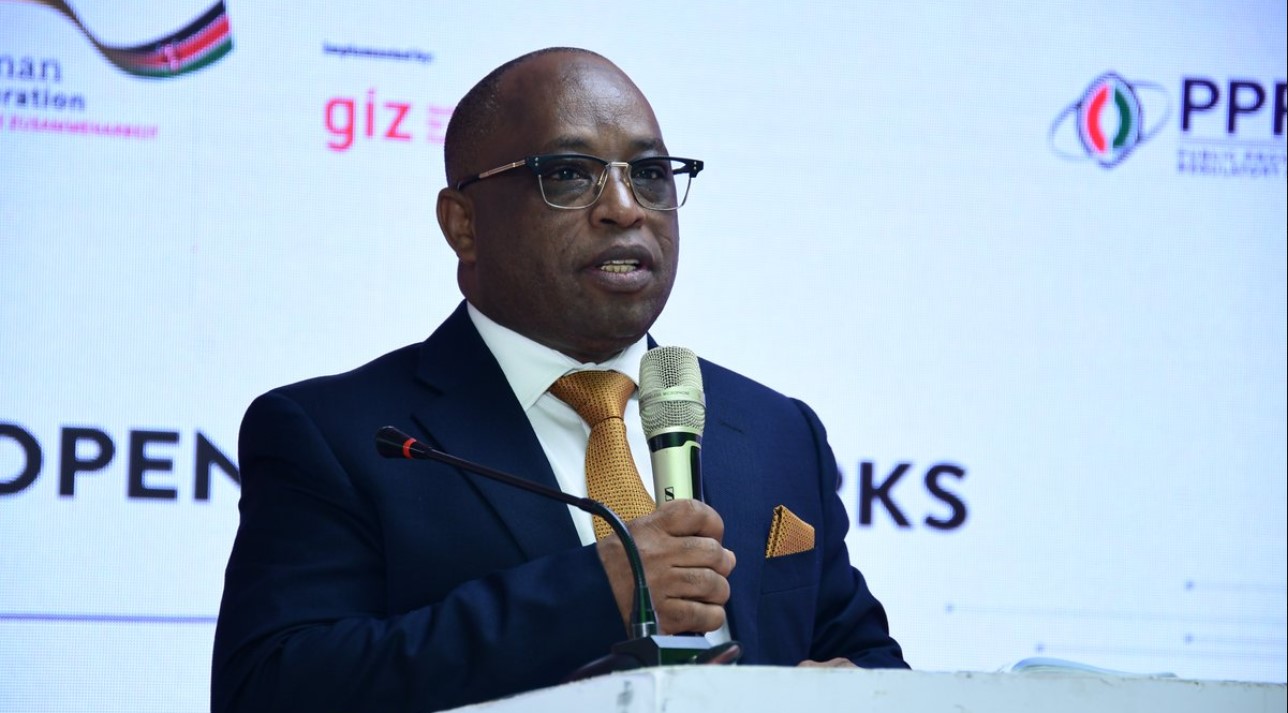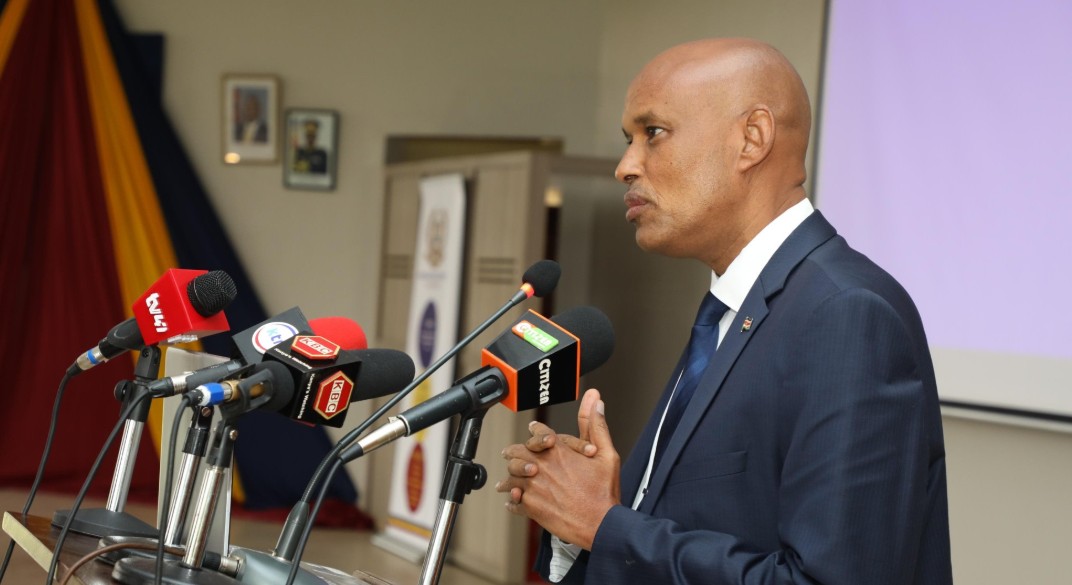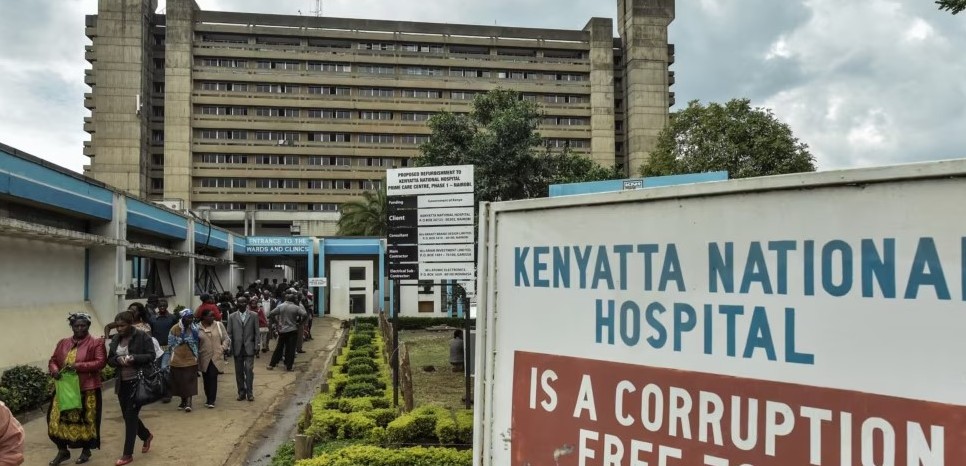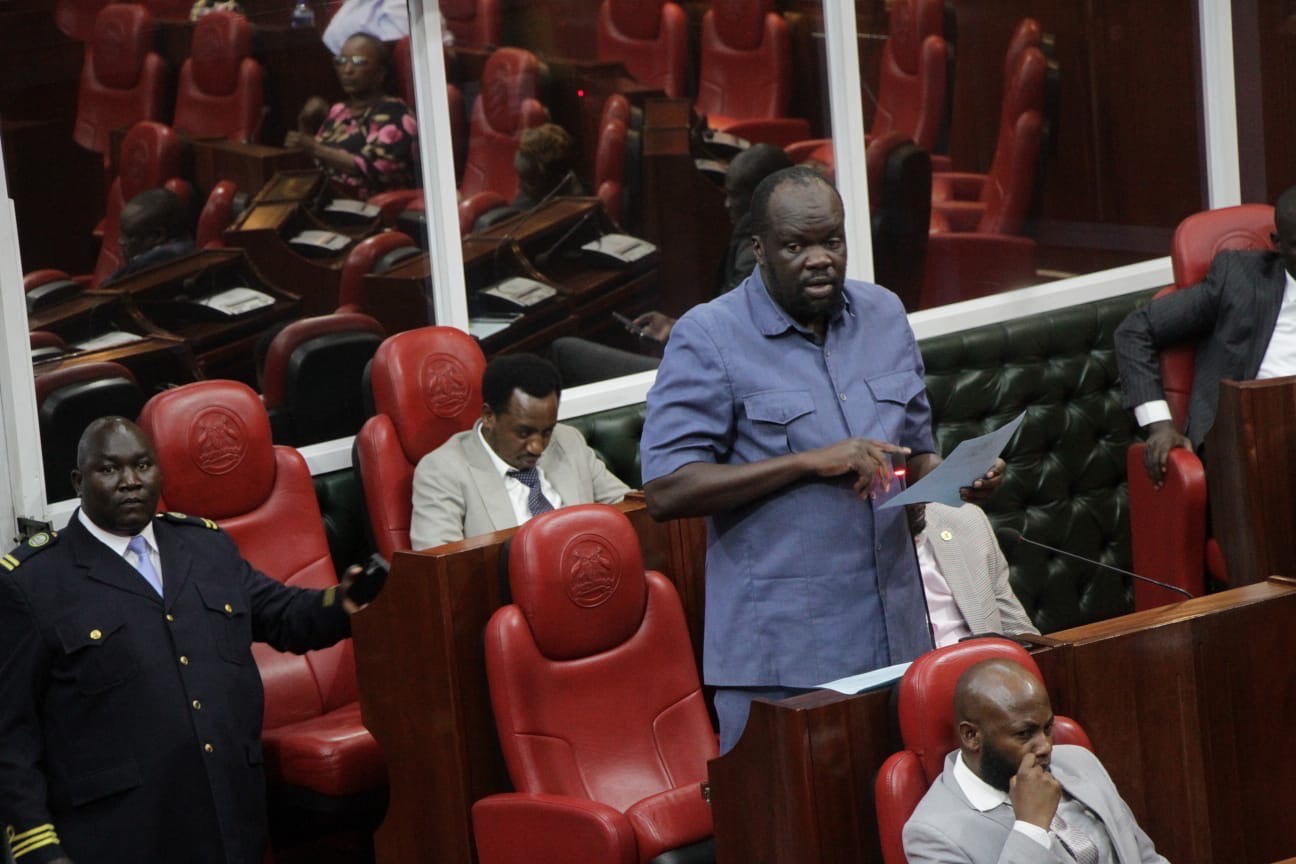From NHIF to SHA: Kenya’s struggle to overcome health insurance fraud, boost affordability
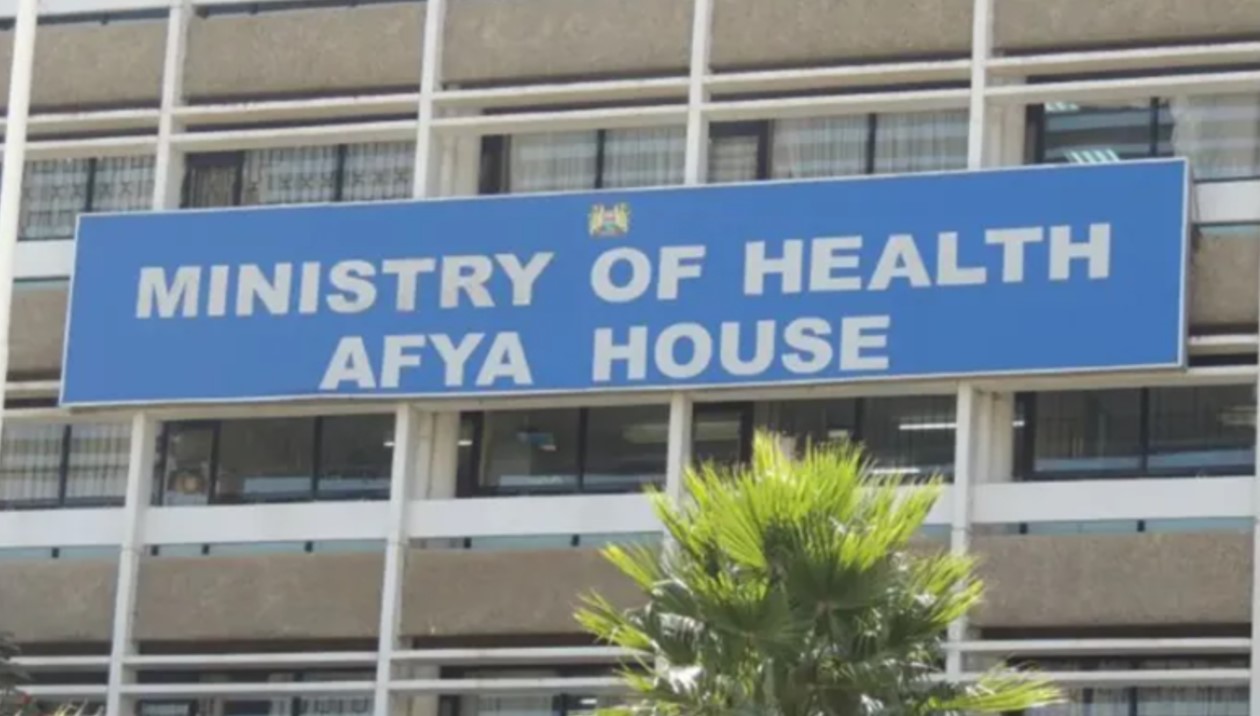
The Ethics and Anti-Corruption Commission (EACC) has unearthed internal fraud schemes involving ghost services and unauthorized system access.
For over five decades, Kenya’s now defunct National Hospital Insurance Fund (NHIF) was viewed as the foundation of accessible healthcare for millions, offering coverage with monthly contributions as low as Sh500.
It was established to drive the country toward universal health coverage, ensuring that even low-income earners could afford essential medical services.
More To Read
- 45,112 employers face crackdown for failing to remit SHA deductions amounting to Sh21 billion
- Farmers abandon Hustler Fund as CBK report shows shift to banks and digital loans
- Nairobi teen faces childbirth alone after being denied care for lacking ID, SHA
- PS Susan Mang’eni denies Hustler Fund misuse, reports Sh4.8 billion savings
- "Where did the money go?" Hustler Fund faces scrutiny over Sh8 billion gap
- Hustler Fund gets additional Sh300 million even as defaulters vanish with billions
But beneath the surface, the fund was riddled with deep-rooted problems - rampant fraud, mismanagement, and poor oversight. What was meant to be a safety net for the sick gradually turned into a symbol of institutional failure, losing billions of shillings to fake claims, internal collusion, and widespread abuse.
On October 1, 2024, the Ministry of Health launched the Social Health Insurance Fund (SHA) to address the deep-rooted corruption, inefficiencies, and systemic failures that had long plagued the NHIF.
The SHA system, developed at a cost of Sh106 billion, was presented as a game-changer - promising transparency, efficiency, and an end to the fraudulent practices that had crippled NHIF. Yet, less than a year later, similar patterns of fraud are already emerging within SHA, raising serious concerns about whether genuine reform has truly taken place.
One of the most glaring issues was the widespread submission of fraudulent claims by health facilities, some of which never actually provided the services they billed NHIF for.
Fraud
A 2024 audit revealed that 27 hospitals had defrauded NHIF of over Sh171 million by submitting fake claims for surgeries, laboratory tests, and imaging procedures. The rot went deeper.
Across the board, inflated claims were rampant: CT (computed tomography) scans were overclaimed by nearly Sh95 million, MRIs (magnetic resonance imaging) by Sh16 million, and surgical procedures by more than Sh285 million. Even cesarean sections were grossly exaggerated, with one small private clinic claiming to perform more procedures than the national referral hospital.
Beyond fraudulent billing, NHIF was also plagued by procurement scandals. One of the most notorious involved the payment platform JamboPay, which NHIF overpaid by Sh1.39 billion in commissions before later purchasing the same system for less than half that amount. This exposed a pattern of single-sourced tenders, inflated contracts, and clear violations of procurement laws.
The Ethics and Anti-Corruption Commission (EACC) also unearthed internal fraud schemes involving ghost services and unauthorised system access. In one such case, three NHIF employees illegally added services to a provider’s portal, causing a loss of Sh29.9 million. These schemes exploited loopholes in the system—loopholes made possible by weak digital infrastructure and a lack of real-time claim verification.
An audit revealed that NHIF paid out Sh91.6 million in claims, despite receiving billings for only Sh37.1 million. The discrepancy - over Sh54 million - was never properly explained. Another audit found that NHIF disbursed Sh814.9 million for claims where hospitals had only invoiced Sh447 million, raising questions about ghost payments and insider manipulation.
These scandals culminated in findings that over Sh21 billion had been looted from NHIF through falsified claims, duplicate payments, inflated liabilities, and outright theft. Much of this was hidden under “incurred but not reported” claims (IBNR) - a financial category that became a dumping ground for unverified or fake obligations.
Barely a year after its launch, SHA, introduced to replace the scandal-ridden NHIF, is already battling a growing wave of fraud and policy backlash. While the system was designed to eliminate the corruption that plagued NHIF, many of the same problems are beginning to re-emerge, undermining public confidence in the government’s efforts to deliver universal health coverage.
Recent investigations have uncovered widespread fraudulent activities involving dozens of empanelled health facilities. The Ministry of Health has already suspended 31 hospitals suspected of engaging in fraudulent claims. These facilities reportedly filed ghost admissions, billed for services never rendered, manipulated bed counts, and engaged in double billing - charging both SHA and patients for the same procedures.
The Health Cabinet Secretary, Aden Duale, has termed this a criminal operation, noting that files have been handed over to the Directorate of Criminal Investigations (DCI) for prosecution.
Duale warned that those caught engaging in fraud will face the full force of the law. The Ministry has identified six primary types of fraudulent behaviour: inflation of outpatient claims, unnecessary or coerced admission, code sharing among medical professionals, abuse of pre-authorisation systems, billing for nonexistent patients, and submitting duplicate claims.
“Those found guilty will be required to reimburse the stolen funds and will face the full force of the law,” said Health Cabinet Secretary Aden Duale during a media briefing on Monday.
To combat this, SHA has been integrated into the government's Digital Superhighway initiative to monitor and flag irregular activity in real time. However, these technological solutions are only as effective as the institutions managing them.
With the rollout of SHA and the transition from NHIF, many Kenyans have raised serious concerns about the scheme’s affordability, implementation, and transparency.
Hustler Fund and healthcare
Adding to these challenges is the ongoing integration of the Hustler Fund as a financing mechanism for healthcare, popularly referred to as "Lipapa Pole Pole". Although the fund was intended to support low-income earners by helping them meet their health insurance contributions, the government's decision to scrap the initial monthly payment option and enforce annual lump-sum contributions has sparked mixed reactions.
Many Kenyans, especially those in the informal sector, have raised concerns about the affordability of paying a full year’s premium at once. Despite the Hustler Fund being positioned as a safety net, there is widespread reluctance to rely on it due to fears of taking on debt, unclear repayment structures, and a general mistrust of government-managed credit systems. This ongoing shift in payment structures highlights the growing tension between policy intentions and the practical realities faced by millions of Kenyans.
One major issue is the shift to annual lump-sum payments for social health insurance contributions. Many Kenyans, especially those working in the informal sector, find these payments difficult to afford. Unlike the previous monthly payment option under NHIF, the annual payment system requires a large upfront sum, which many cannot manage due to irregular or limited incomes. This financial strain has discouraged some from enrolling altogether or maintaining their membership.
Moreover, while the Hustler Fund was created to assist small-scale entrepreneurs and informal workers to meet their contributions, there is widespread reluctance and mistrust around accessing this fund. Many fear taking on debt or borrowing through the Hustler Fund because of concerns about repayment terms and transparency. Some Kenyans also feel that relying on the Hustler Fund to pay insurance premiums essentially shifts the financial burden onto vulnerable populations, who may already be struggling to make ends meet.
Beyond payment challenges, many Kenyans remain confused about the SHA system itself, often struggling to understand how it differs from NHIF or other schemes like Taifa Care. Poor communication from officials and unreliable digital platforms exacerbate this confusion, making it harder for people to register or claim benefits.
The benefits package under SHA has also been criticised as insufficient. Caps on services such as optical and dental care are low, and coverage for chronic illnesses is still limited. This mismatch between premiums paid and benefits received frustrates many, who feel that they are paying a high price without meaningful access to quality healthcare.
Technical glitches and delays sometimes force patients to pay out-of-pocket despite being enrolled. Alongside this are growing concerns about data privacy, as SHA verifies incomes using sensitive personal information from government agencies and mobile money platforms.
In response to growing concerns about tariffs and provider payments, Duale formed a task force to review and address the tariff structures. However, tangible results from this task force are yet to be seen, and the financial burden on both healthcare providers and patients continues to widen.
While many of the fraudulent challenges that plagued NHIF went unaddressed for years, the Health Cabinet Secretary has acknowledged similar concerns under SHA, leading to the suspension of 31 health facilities suspected of malpractice. However, despite these suspensions, the government has yet to publicly disclose the names of the affected facilities.
Top Stories Today

